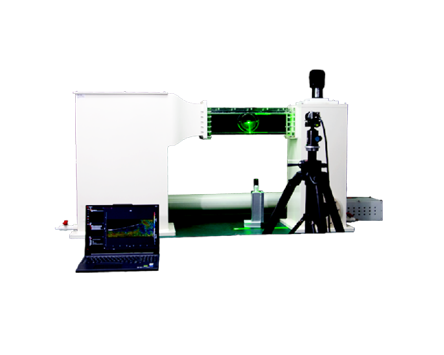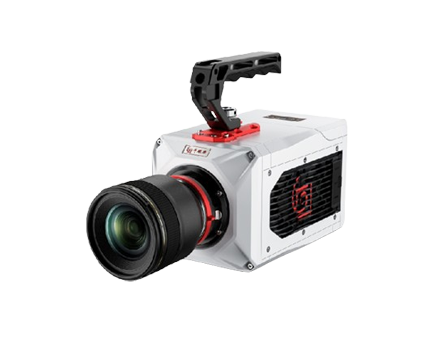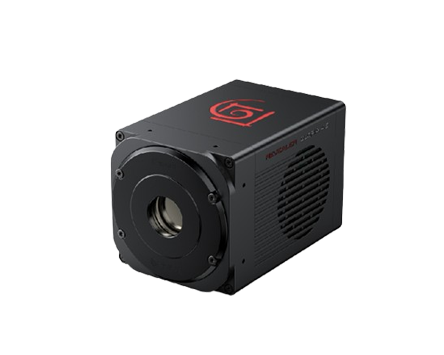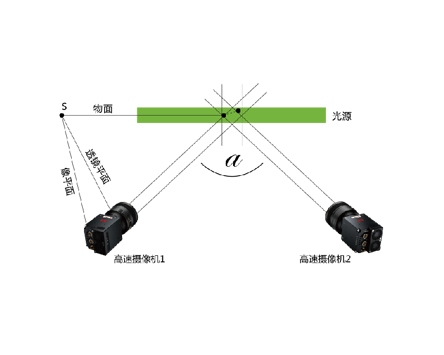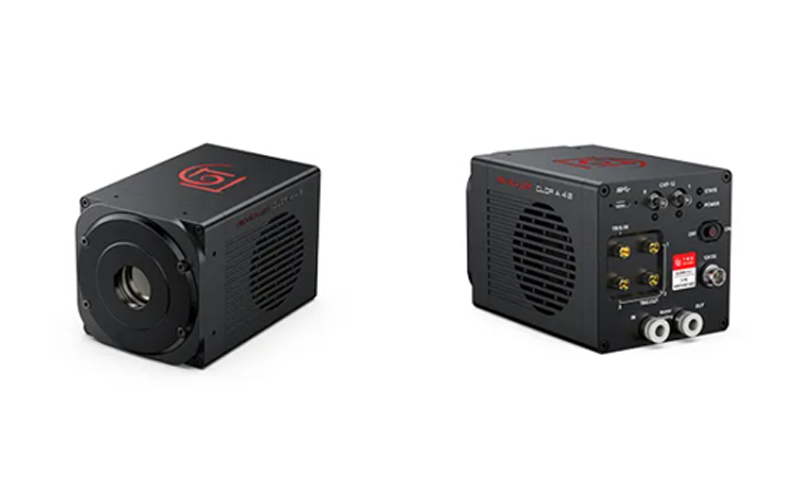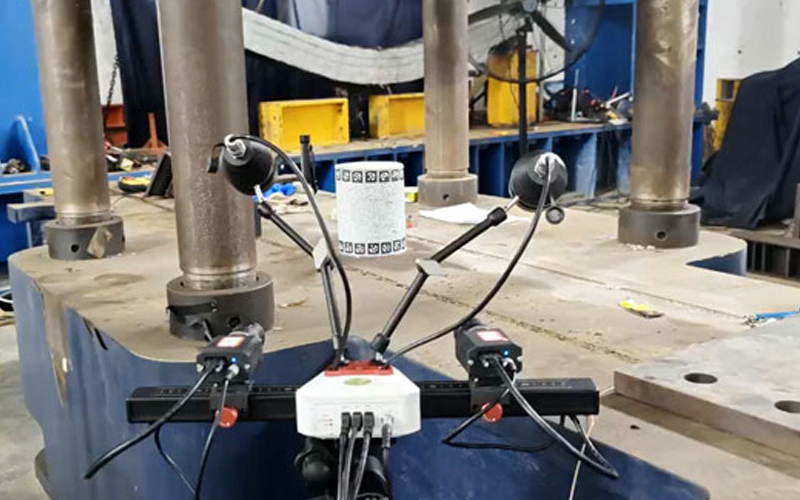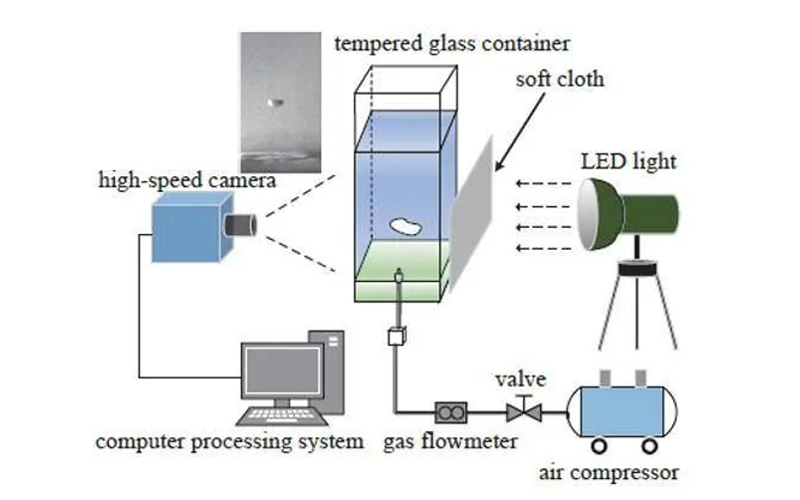
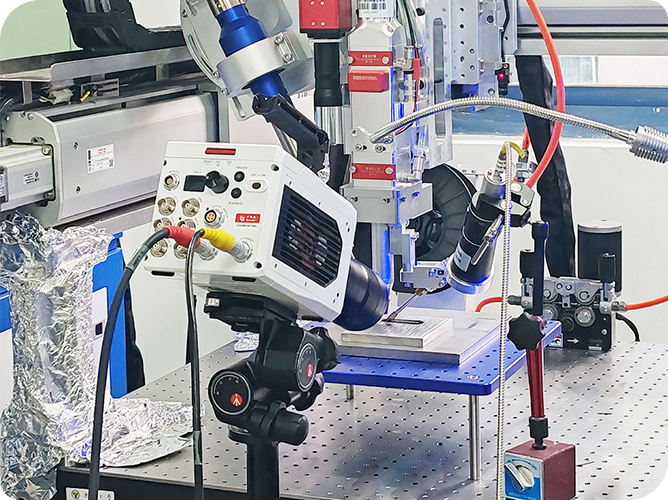
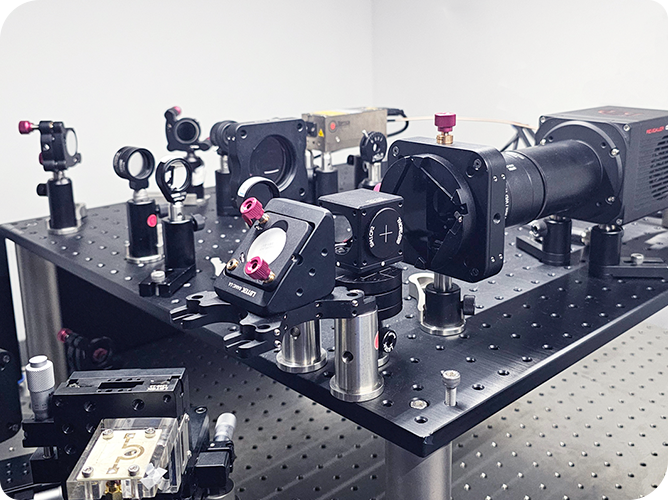
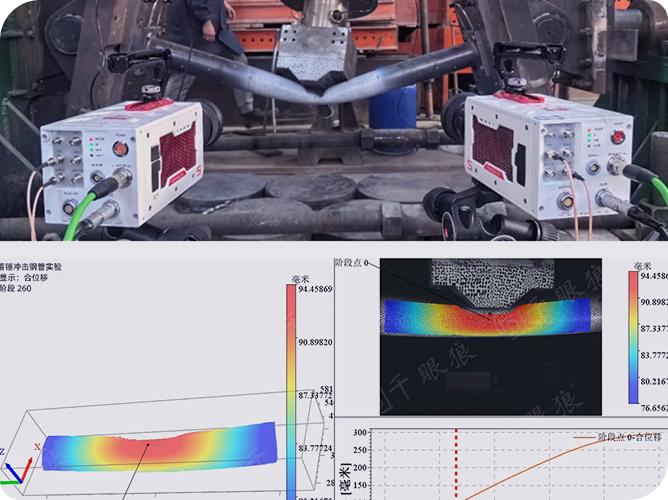
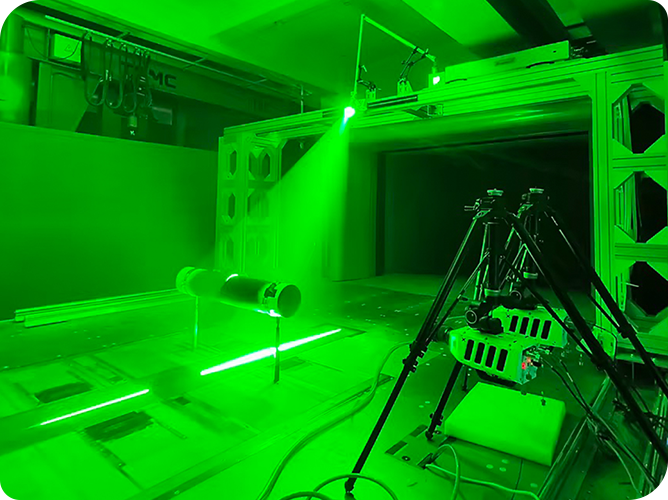
On April 20, the 4th Micro-Nano Scale Flow Symposium was successfully concluded in Hangzhou. The conference focused on key topics such as micro-flow technology, complex flow phenomena and mechanisms, and micro-nano scale flow engineering applications.
Revealer Scientific Instruments was invited to attend the conference with its independently developed high-speed cameras, sCMOS scientific cameras, and particle image velocimetry (PIV) systems, and demonstrated typical applications in the field of micro-nano scale flow research to the experts and scholars attending the conference.
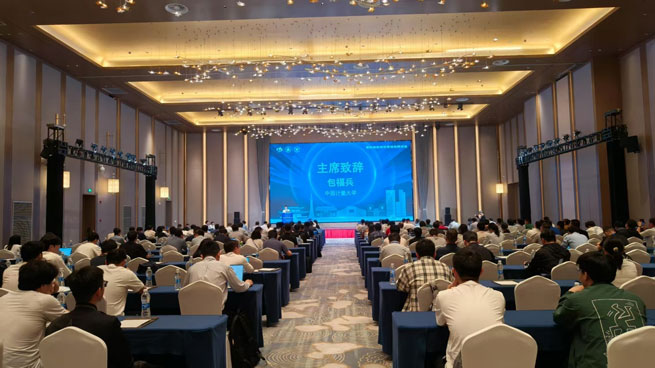
Microfluidics technology involves droplet generation, manipulation, and complex cell flow phenomena in microchannels.
High-speed cameras, with high temporal and spatial resolution, can clearly capture the transient process of droplets splitting, merging, and interacting with the channel wall in the microfluidic chip channel.
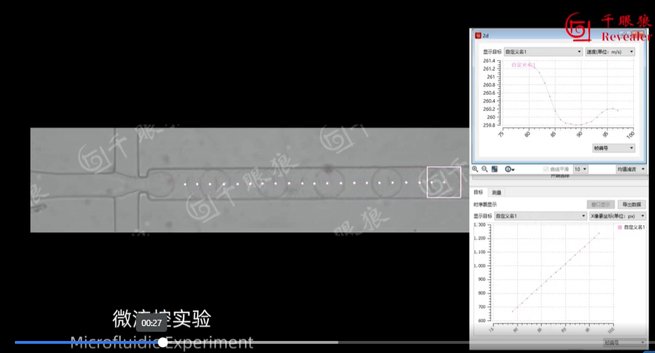
In the microchannels of microfluidic chips, fluid flow presents complex laminar and eddy phenomena, and it is difficult to obtain detailed velocity field information using traditional point measurement methods. The Micro-PIV flow field measurement system adds tracer particles to the microfluid, uses laser light sources to illuminate, uses a high-speed camera to record the movement of the missing particles, and then combines the cross-correlation PIV algorithm analysis to obtain the velocity vector field of the fluid in the microchannel with high precision.
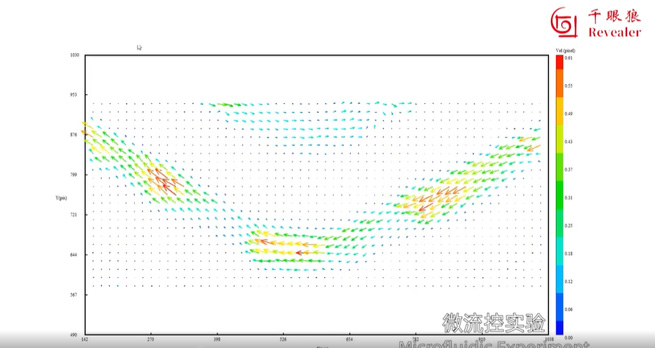
Droplet dynamics is one of the hot topics in micro-nanoscale flow research. The behaviors of droplet impacting the wall, droplet rebound and fusion, and satellite droplet generation are usually completed in a very short time. With an exposure time of hundreds of nanoseconds and an ultra-high frame rate of tens of thousands of frames per second, high-speed cameras decompose transient processes into time-space sequence images. Based on the sequence images, researchers measure the size distribution, rebound speed, contact angle when impacting the wall, and other dynamic indicators of the sputtered droplets.
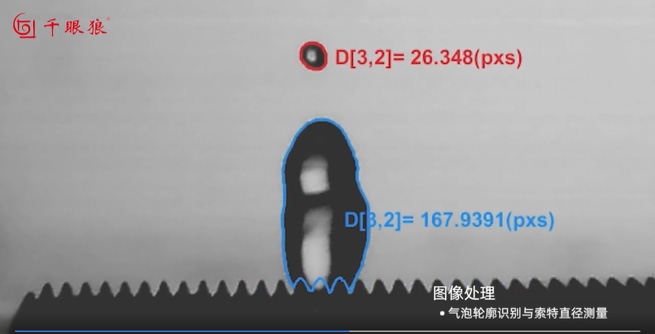
During the formation, splitting and collision of droplets, the internal flow field will also produce subtle and rapidly changing flow structures. The micro-PIV system can break through the limitations of traditional measurement methods that are difficult to capture tiny flow field changes, and clearly present the formation, development and evolution of tiny vortices inside the droplets. It can also characterize the changes in velocity gradients between different regions inside the droplets, providing data support for the study of the flow mechanism inside the droplets.
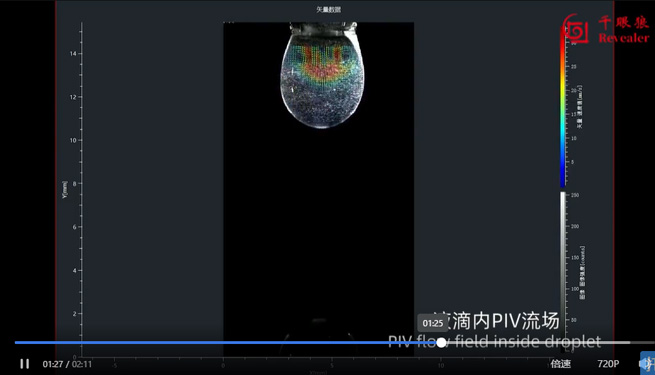
Biofluid Mechanics focuses on fluid phenomena in organisms, such as the movement of cells in a biological fluid environment. In the study of cell movement, by fluorescently labeling specific molecules on the cell surface or skeletal proteins in the cell, the dynamic distribution and changes of these molecules during cell movement can be monitored in real time using sCMOS scientific cameras, revealing the molecular mechanism of cell movement and the response relationship between cells and external signals, providing a powerful tool for in-depth research on cell signal transduction and molecular mechanisms in biofluid mechanics.
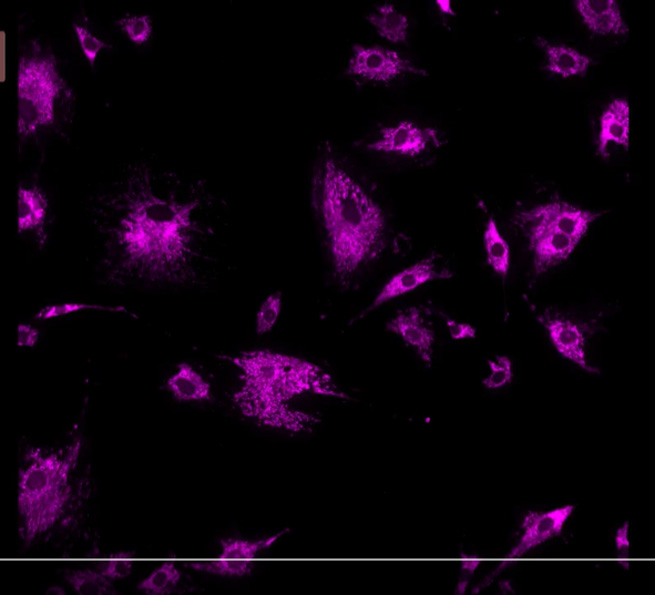
Interface flow focuses on the interface phenomena between gas and liquid, liquid and solid, such as the spreading, rupture and collapse of liquid on the surface of micro-nano structures. Using a time microscope high-speed camera, the dynamic change process of the interface can be captured.

Jets at the micro-nano scale are easily affected by factors such as surface tension, viscoelastic effect, and temperature gradient, and their morphology will change, such as deformation, stretching, bending, and fracture in the initial and development stages.
Based on high-speed photography technology of high-speed cameras, the visual and complete record of the jet gradually transitions from the straight segment at the beginning of the ejection of the micron-level nozzle to the bending and corrugated morphology due to the effects of surface tension, viscosity, etc., providing image data for the morphological evolution of the jet.
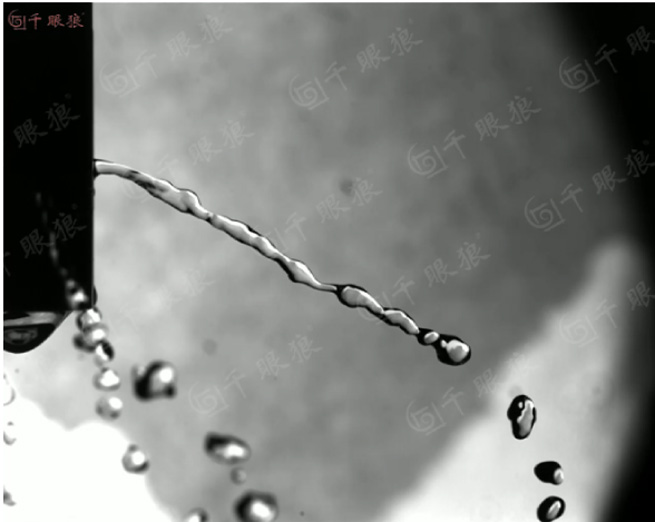
Based on the particle image velocimetry (PIV) flow field measurement system, missing particles are added to the micro-nano scale jet fluid, the measurement area is illuminated by a laser sheet light source, the particle image is collected by a high-speed camera, and the velocity field distribution inside the jet is obtained through PIV algorithm analysis. The vorticity field can be further calculated through image processing to reveal the evolution law of the vortex structure and its impact on the jet breakup mechanism.
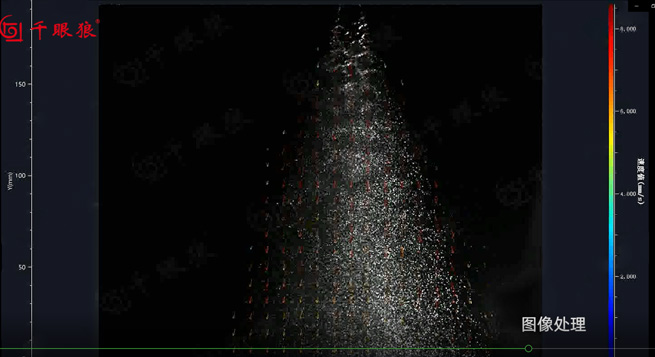
From the observation of transient phenomena to the mechanism revealed by measurement data, the combination of scientific instruments and equipment such as high-speed cameras, sCMOS scientific cameras, and PIV systems is playing an important role in the study of micro-nanoscale flows. With the continuous optimization of the time resolution of high-speed cameras, the further improvement of the signal-to-noise ratio of scientific cameras, and the continuous enhancement of the full-field resolution capability of PIV systems, scientific researchers will expand the cognitive boundaries of time and space scales in the research of microfluidics, droplet dynamics, interface science, biofluid mechanics and other sub-fields.
Here are three pictures, which are three spray paintings of the Cell Biology Conference, a family portrait of high-speed cameras, scmos scientific cameras, Micro-PIV
